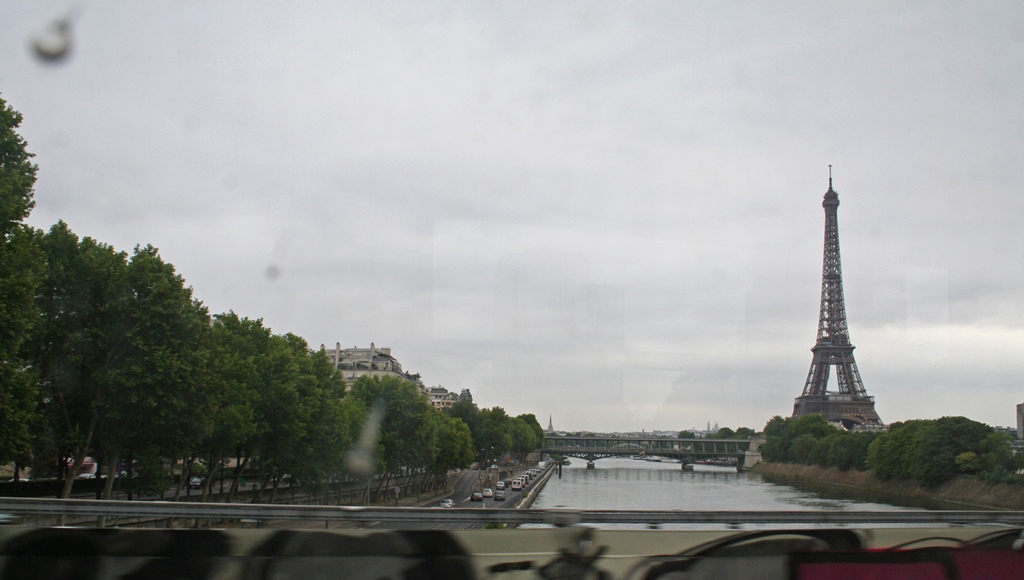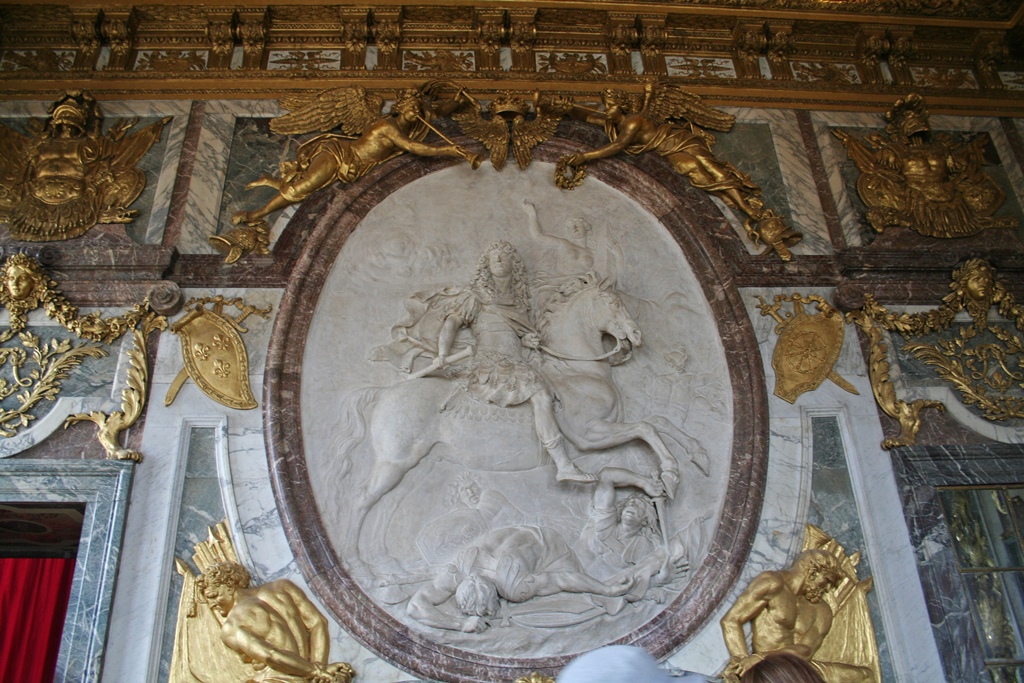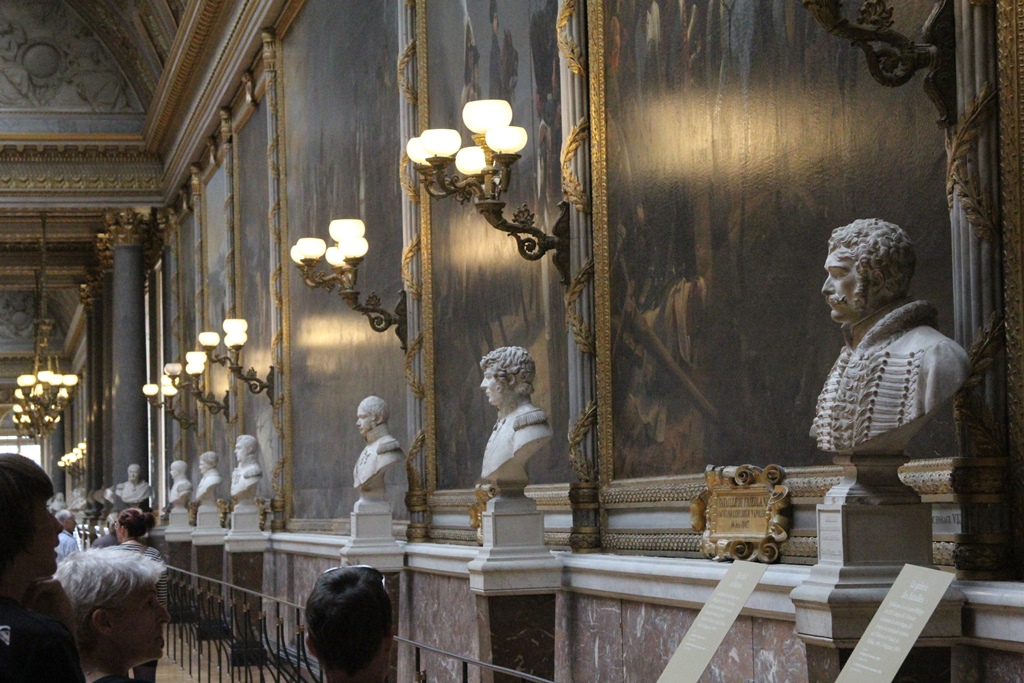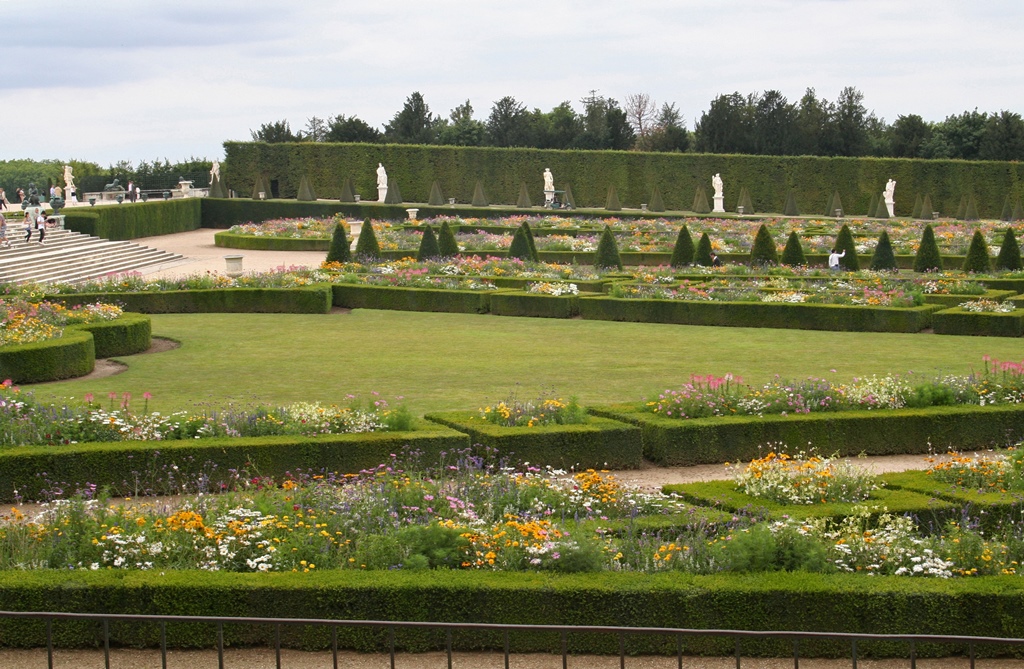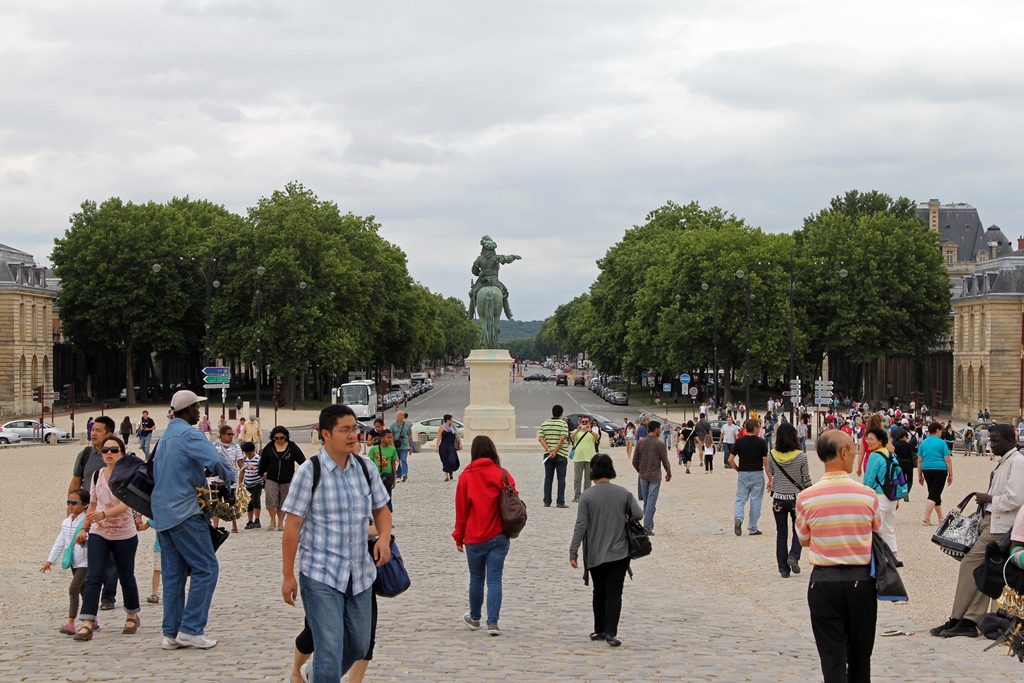Early in the 17th Century, King Louis XIII of France was invited by a friend to take a
break from Paris and visit the nearby town of Versailles for a number of hunting
expeditions in the nearby forests. Pleased with the location, Louis in 1624 ordered
the construction of a hunting lodge of his own. While hardly a lean-to, the hunting
lodge was reasonably subdued by royal standards. Some expansion of the lodge was
ordered in later years, but mainly to increase its comfort and usability as a hunting
lodge. When Louis died in 1643 at the age of 41, his four-year-old son became Louis
XIV. The new King Louis didn't immediately start ordering people around (he was a
four-year-old kid, after all) – this function was taken by his mother, Anne of
Austria, who acted as regent (with the assistance of Cardinal Mazarin) until Louis's
coming of age. While growing up, Louis did some hunting of his own at Versailles,
which he also enjoyed. He came of age and was officially crowned at age 15. Louis
also used the services of Cardinal Mazarin until Mazarin's death in 1661, at which
time Louis assumed full power of France. One of the things he did was to initiate
some additional expansion at Versailles, but with a somewhat different purpose. And
"subdued" wasn't in his vocabulary.
Nella and I awoke with the intention of visiting Versailles, but with a welcome
complication. Our daughter Connie, who was in a study-abroad program in England, was
between terms and had come through the Chunnel the day before with some friends.
She'd contacted us the night before via e-mail and expressed an interest in joining
us for our adventures for the day. Except she was staying in a student-frequented
(i.e. cheap) hotel to the northwest of town, and we'd have to find her. We did this
without too much trouble, taking an RER train through a not-so-scenic industrial
area. We were very happy to see our daughter, but less happy to see her luggage,
which we would have to take back to our hotel (she was also spending the night with
us) before heading to Versailles. The return train couldn't quite get us to our
hotel (because of the closed Metro section), but a little impromptu navigation got
us back to the hotel, where we dropped her luggage off in our new, larger (and more
expensive) room.
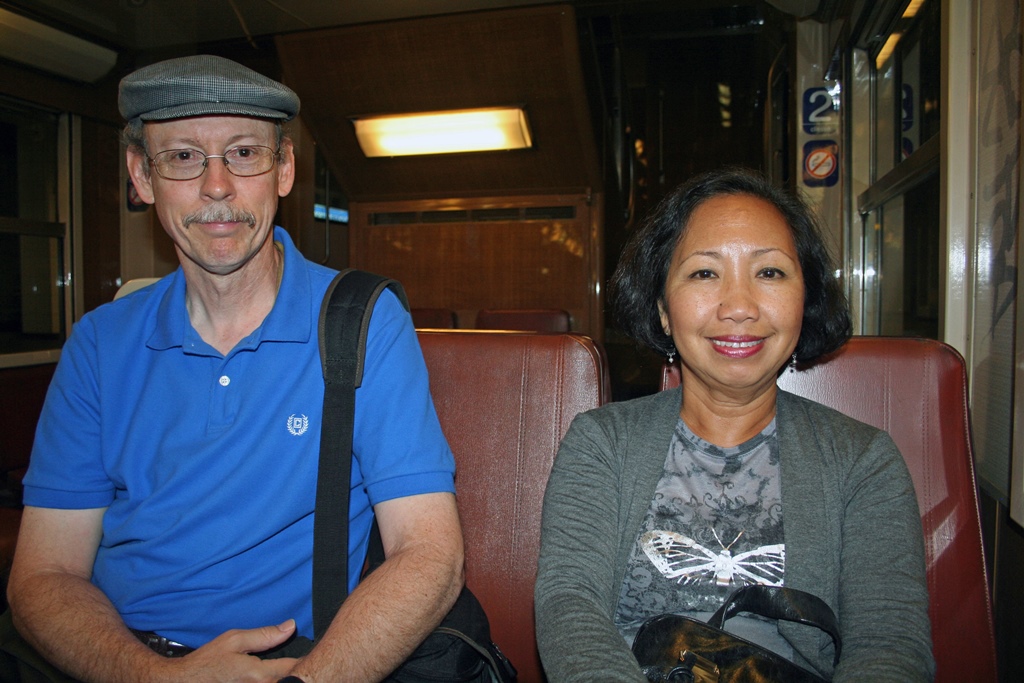
Bob and Nella on Train

Bob and Nella on Boulevard Saint Germain
We had reason to believe the ticket line at Versailles would be horrendous, so we
bought Connie a ticket at the train station in Paris (we didn't have to buy tickets
for ourselves, as the Palace was included in our Museum Passes), as well as
round-trip tickets to Versailles for the three of us. The RER train crossed the
Seine south of the Eiffel Tower and took us the twelve miles to Versailles, where
we disembarked, turned right and got our first glimpse of the Palace. A hunting
lodge this wasn't.
Eiffel Tower and Seine from Train

Palace from Town of Versailles
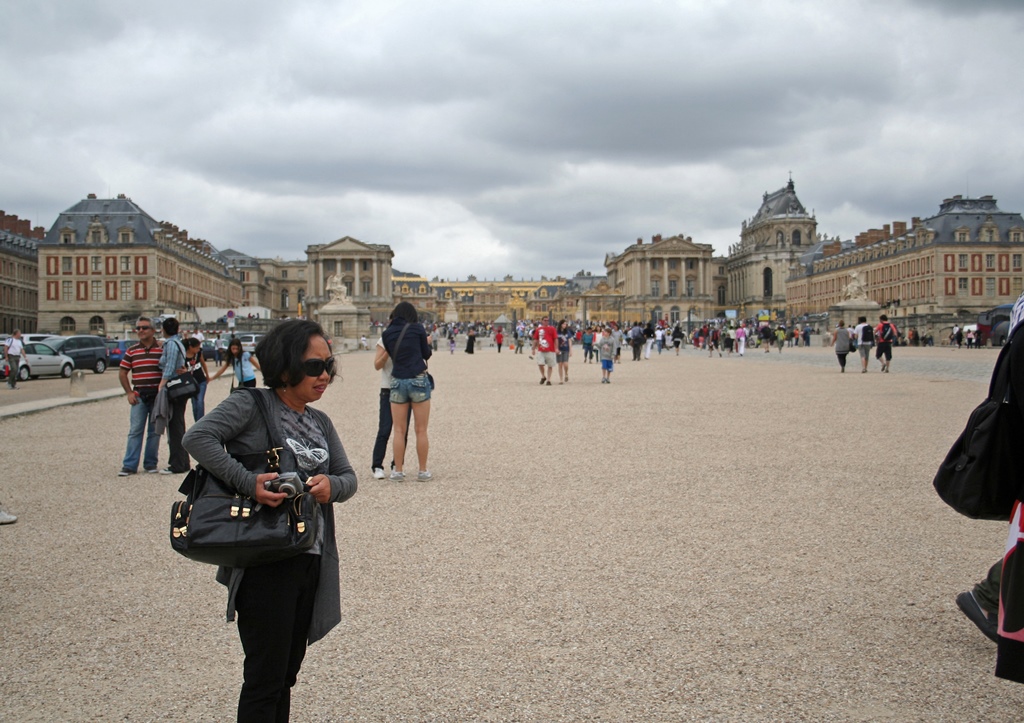
Nella and Palace

Approaching Perimeter Gate
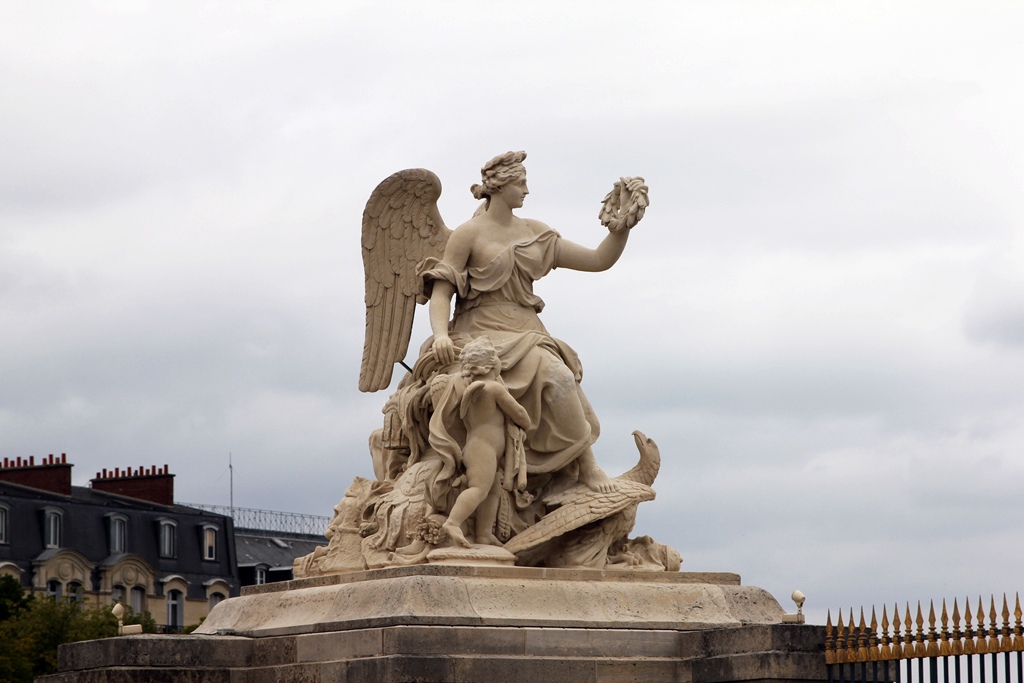
Statue Along Outer Fence
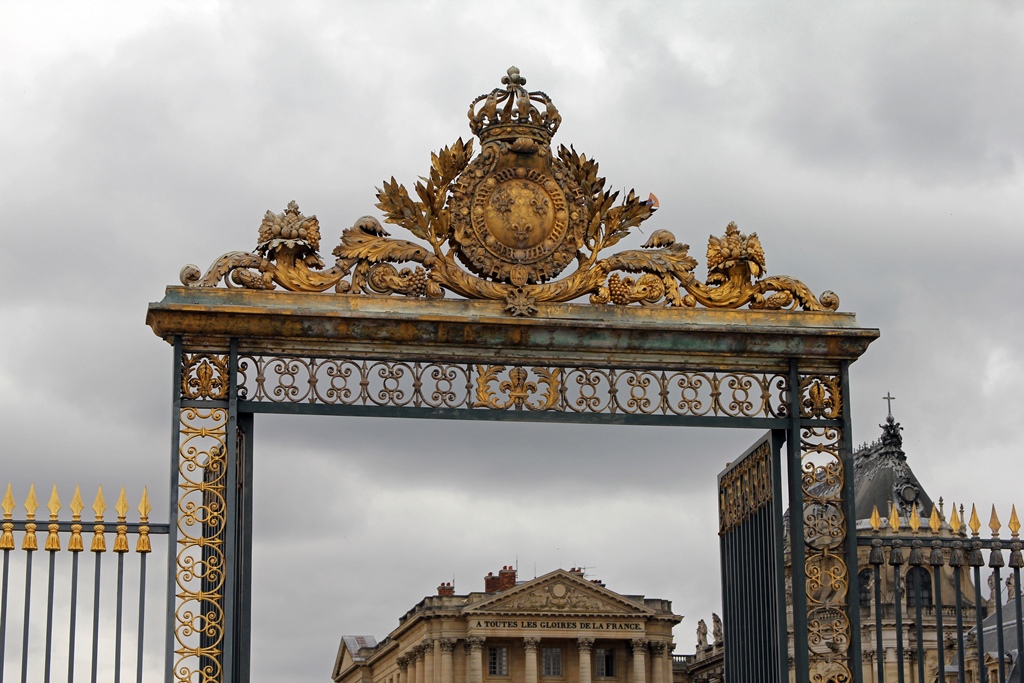
Main Gateway
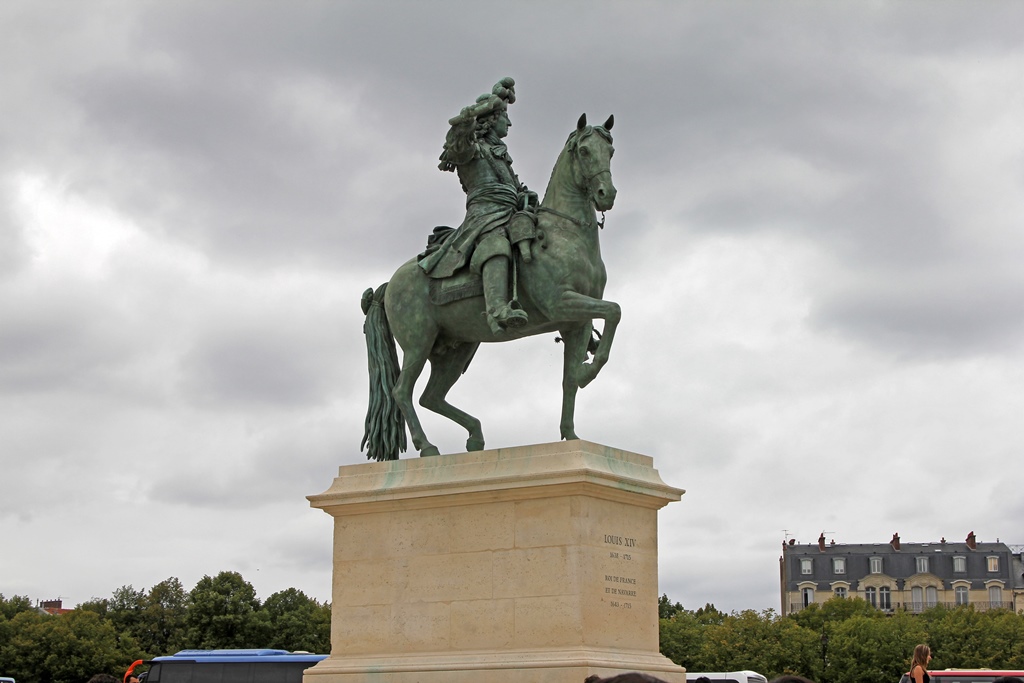
Bronze Statue of Louis XIV
Louis XIV was a firm believer in the concept of the absolute monarch, which was
more concept than reality at the time of his coronation. With assorted nobles with
their own fighting forces scattered around France, the king's power didn't
realistically extend too far beyond Paris. Louis's aim in expanding the size of
the Palace at Versailles was to eventually move the center of the French government
to Versailles from Paris. He employed the services of three talented artists for
his expansion: the architect Louis le Vau was placed in charge of the buildings
themselves, the landscape architect André le Nôtre supervised the design and
construction of the gardens, and the painter and decorator Charles le Brun was in
charge of the interiors. When Louis officially moved the royal residence to
Versailles in 1682, he had an immense palace complex in which he required the
nobles of France to spend a significant amount of time, while they were kept
extremely comfortable and lavishly entertained. This made it much easier to keep
an eye on them than if they'd been in Paris, as the clutter and crowds of Paris
would've made it difficult to tell who was there and who was not. Louis XIV
pretty much became the embodiment of the absolute monarch, while at the same time
expanding French territory and influence through a number of wars. But at the
time of his eventual death in 1715 (from gangrene), a number of deaths in the
family made it necessary to pass the crown to his great-grandson, who became
Louis XV at the age of five. Louis XV had a regent of his own (Philippe
d'Orléans), but managed to squander many of his predecessor's gains and discredit
the monarchy during his eventual reign. He made some additions to the Palace,
though. He was succeeded after his death in 1774 by his grandson, the ill-fated
Louis XVI. Louis XVI didn't add much to the Palace, mainly completing projects
initiated by his predecessors. He and his wife, Marie Antoinette, did not survive
the French Revolution. After the Revolution, the Palace served mainly as a
museum, though it was the site of two very historic pronouncements: the
establishment of the German Empire following the Franco-Prussian War in 1871, and
the signing of the Treaty of Versailles in 1919, ending World War I.
On arriving at the Palace (also referred to as the Château), we found that the
ticket line was indeed lengthy. Having our tickets, we were able to ignore this
line, but just as we were preparing to laugh contemptuously, we discovered
another line we were not able to bypass – the security line, which seemed to be
as long or longer. We got in line with the other tourists and found that the
line actually moved reasonably quickly.
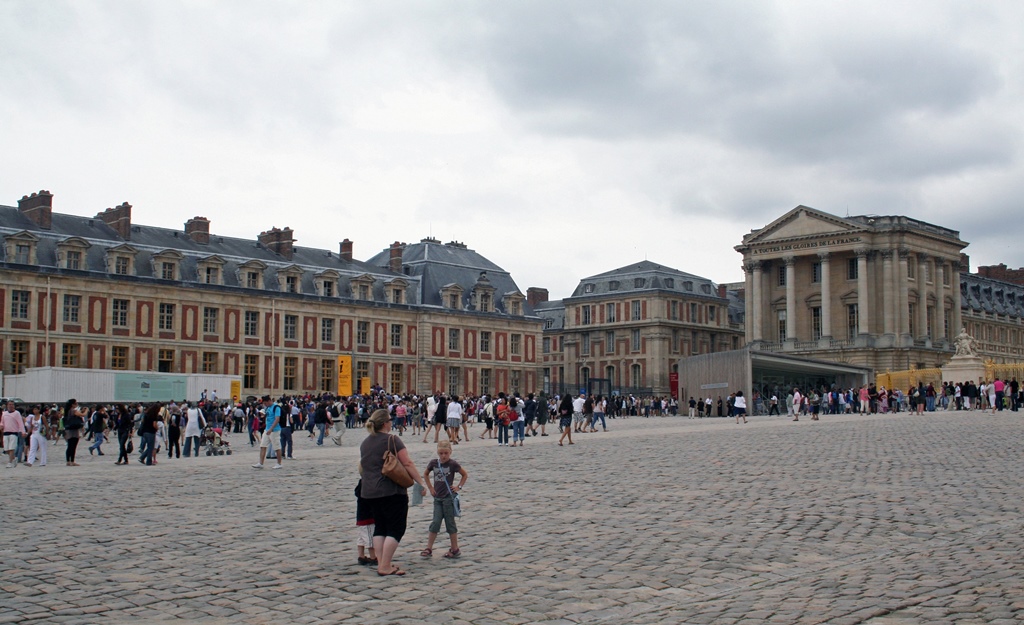
Palace and Ticket Line
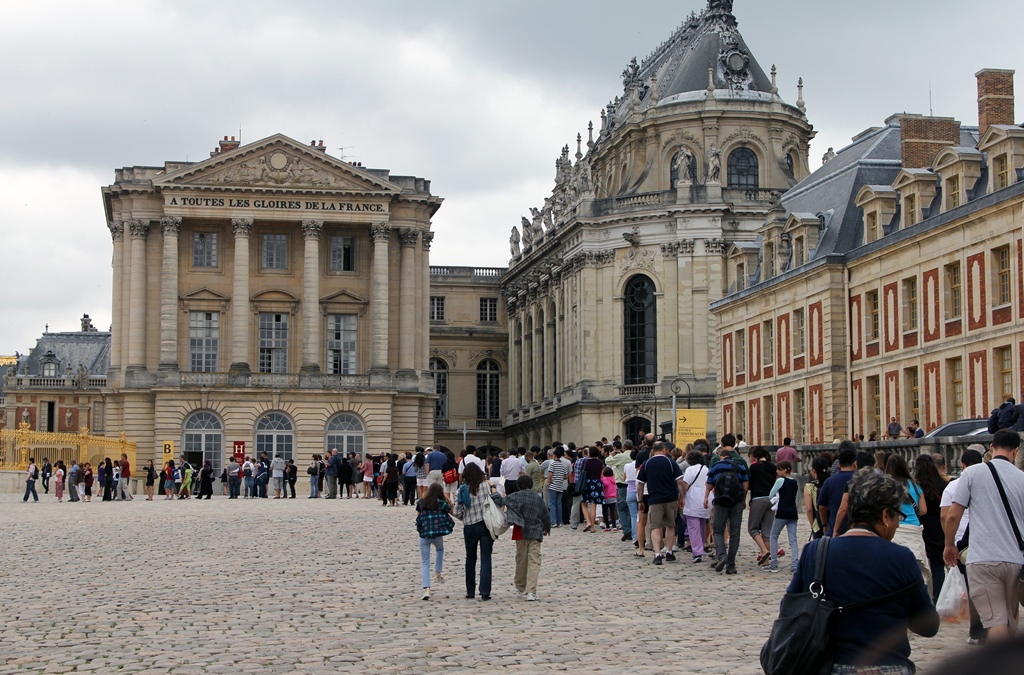
Royal Chapel and Entry Line

Waiting in Entry Line
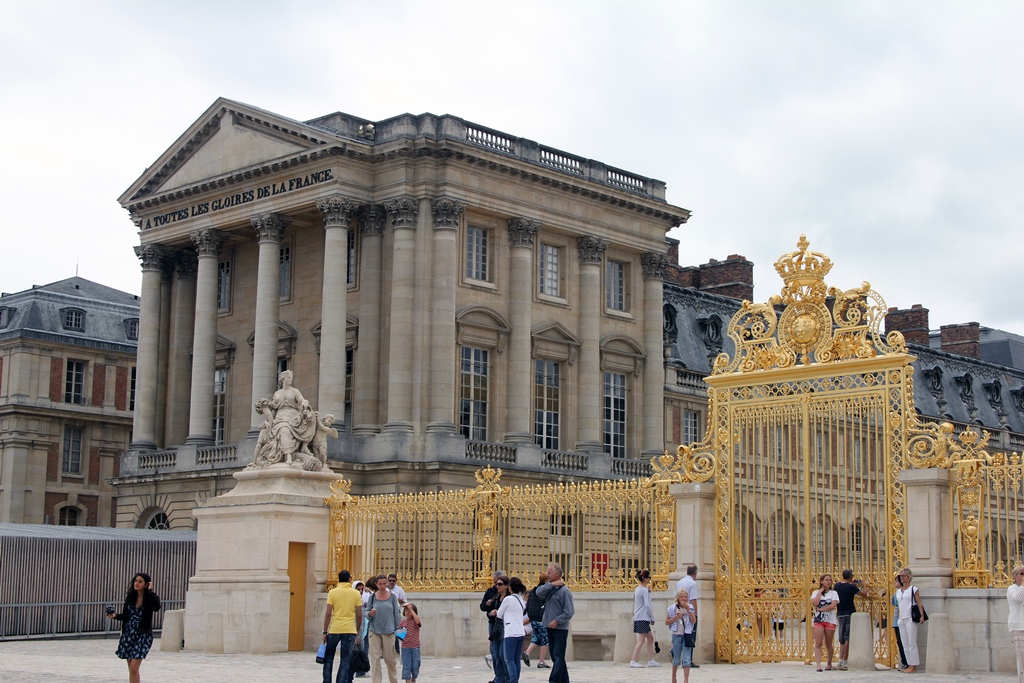
Inner Fence and Gate
After passing through the metal detector we entered the inner courtyard.
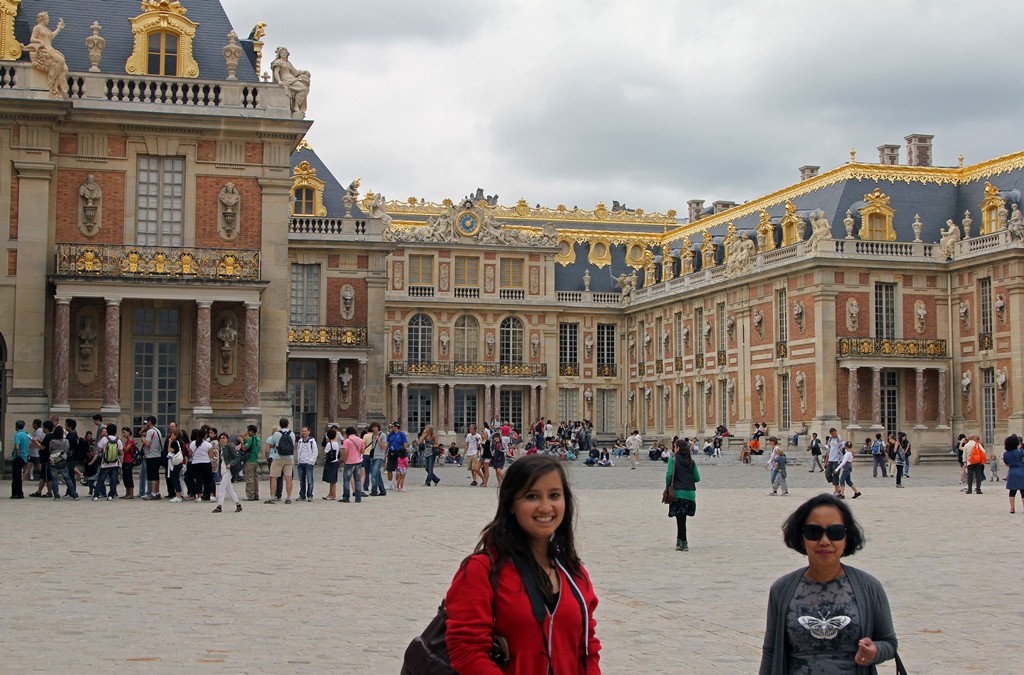
Connie and Nella in Inner Courtyard
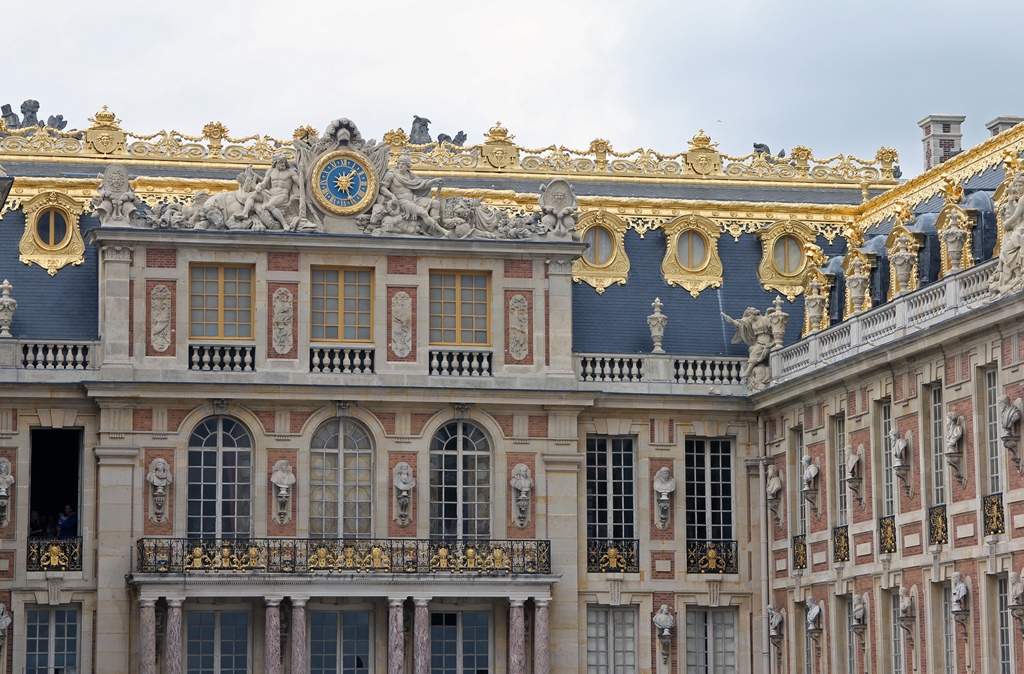
Center of Palace
We then located an entrance to the Château and began an unguided tour (marked
by signs with arrows) of the interior. The inside of the Château was indeed
wondrous, with a royal chapel and lavishly decorated rooms.
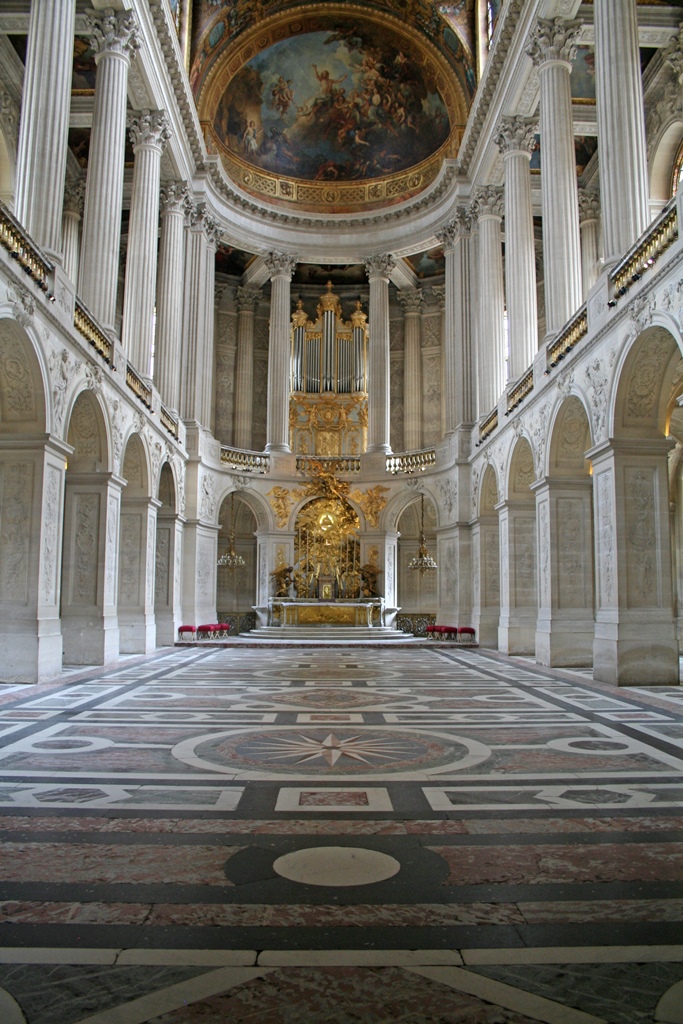
The Royal Chapel
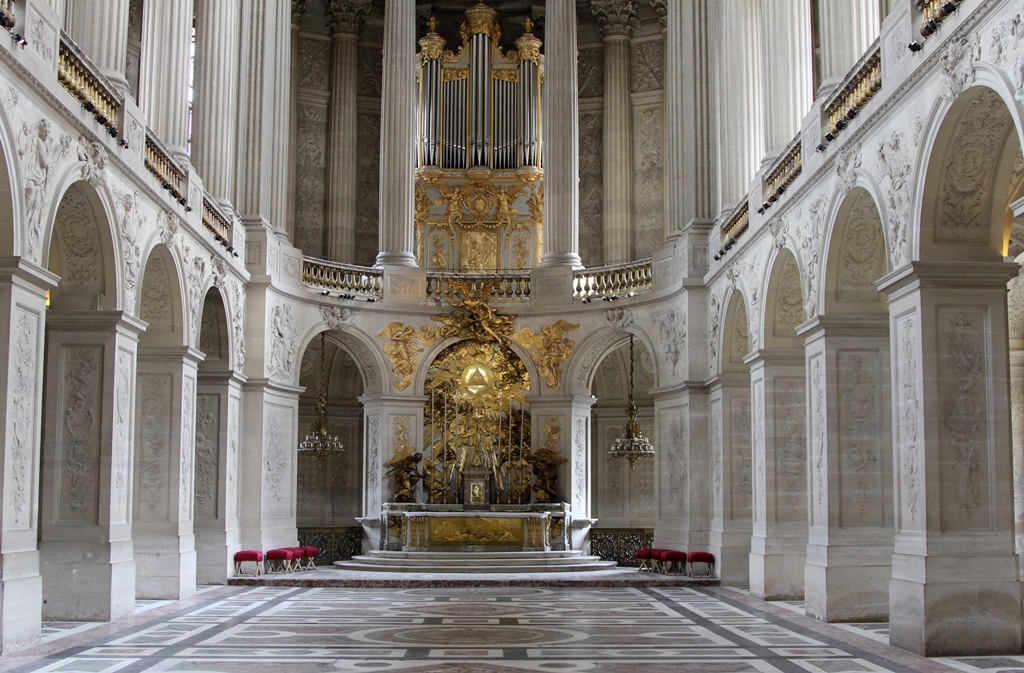
The Royal Chapel
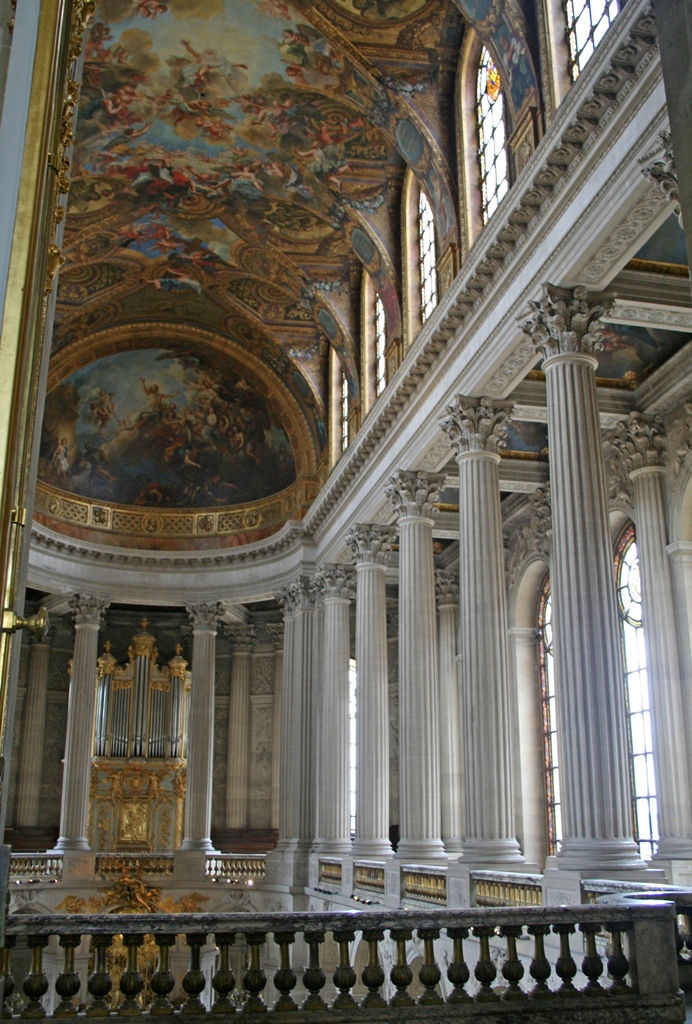
The Royal Chapel

Columns, the Royal Chapel
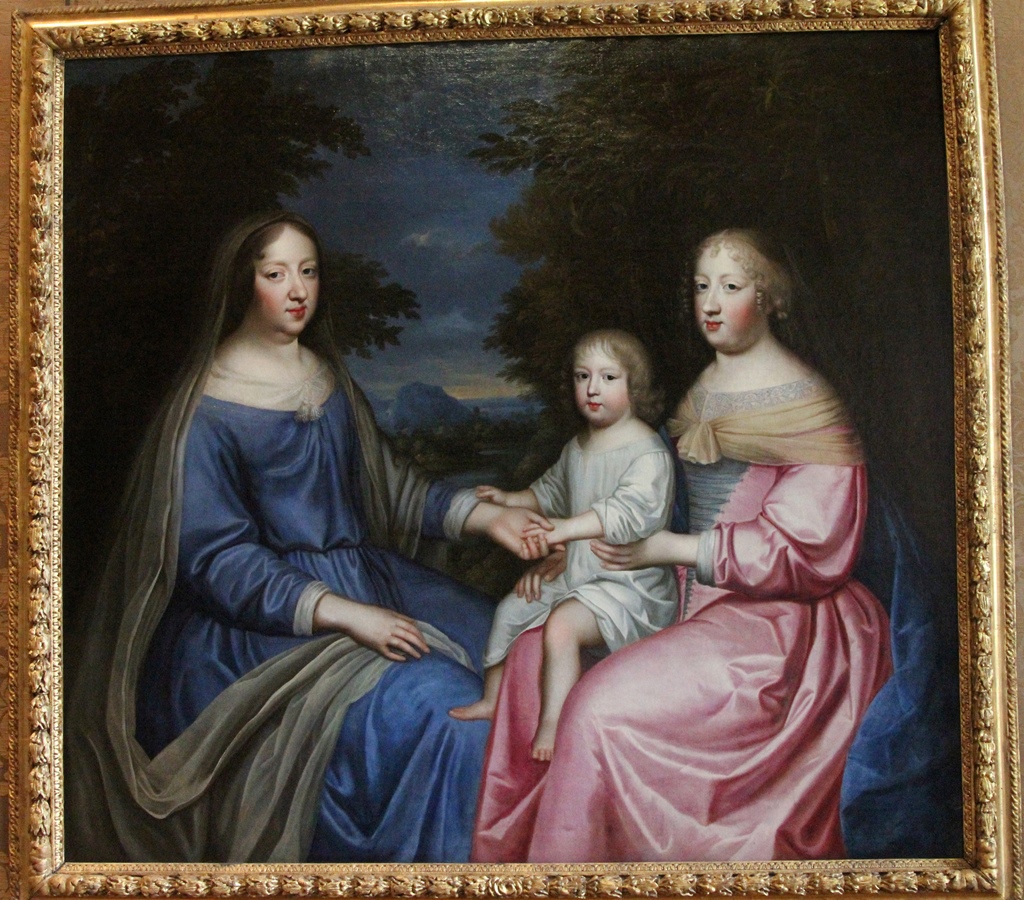
The Peace of the Pyrenees

Louis XIV, Hyacinthe Rigaud (1701, copy)
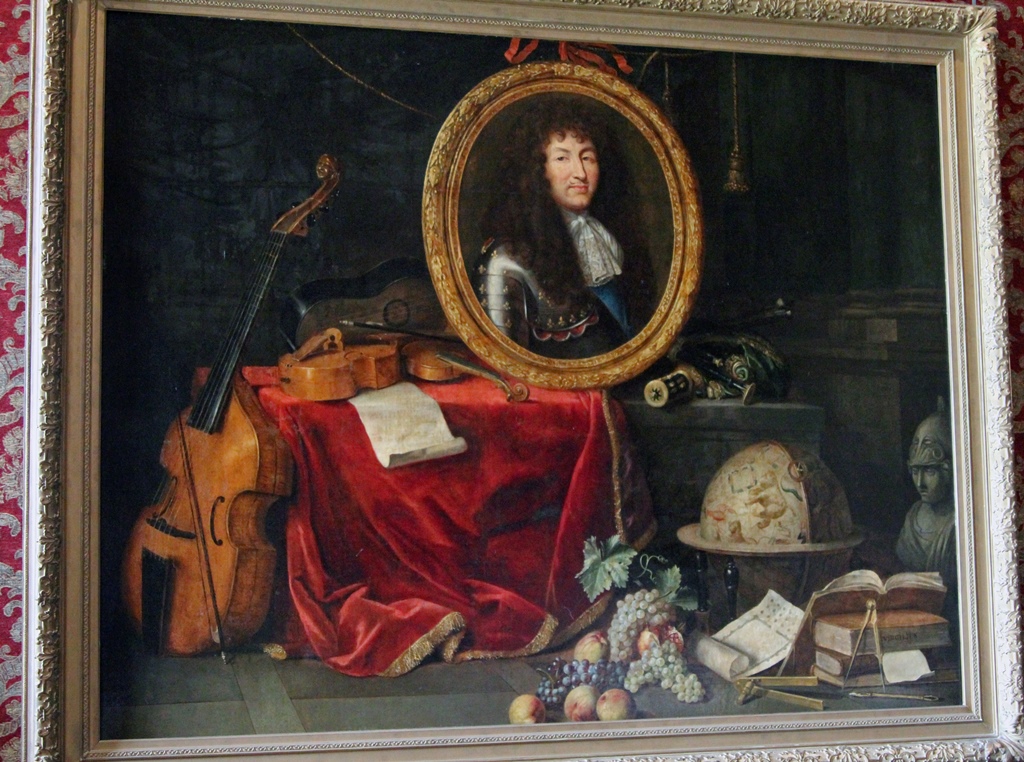
The Intellectual Life

First Floor Statue Gallery

Ceiling, Salon of Hercules (François Lemoine)
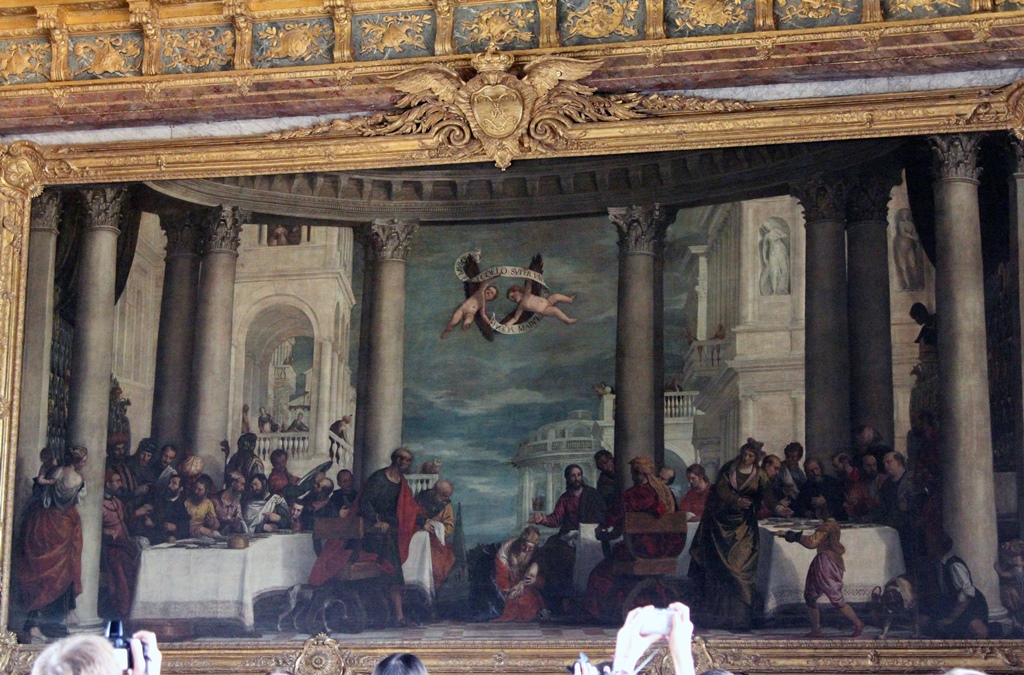
The Meal in the House of Simon the Pharisee, Veronese
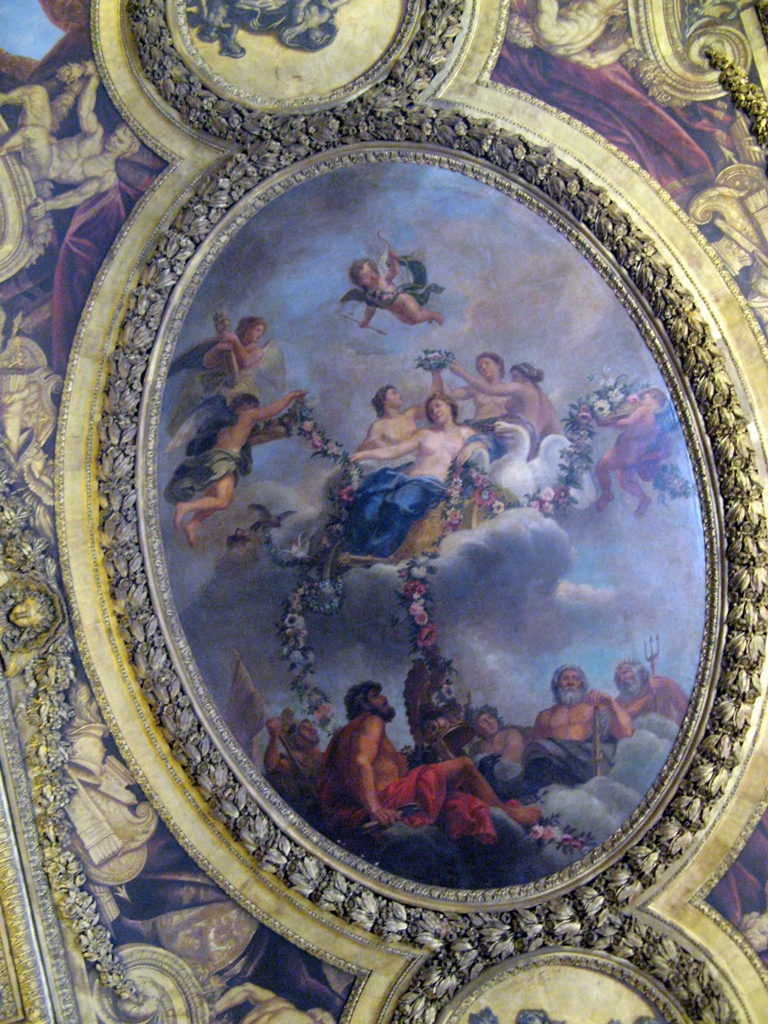
Venus Subjugating the Gods and Powers, R.-A. Houasse
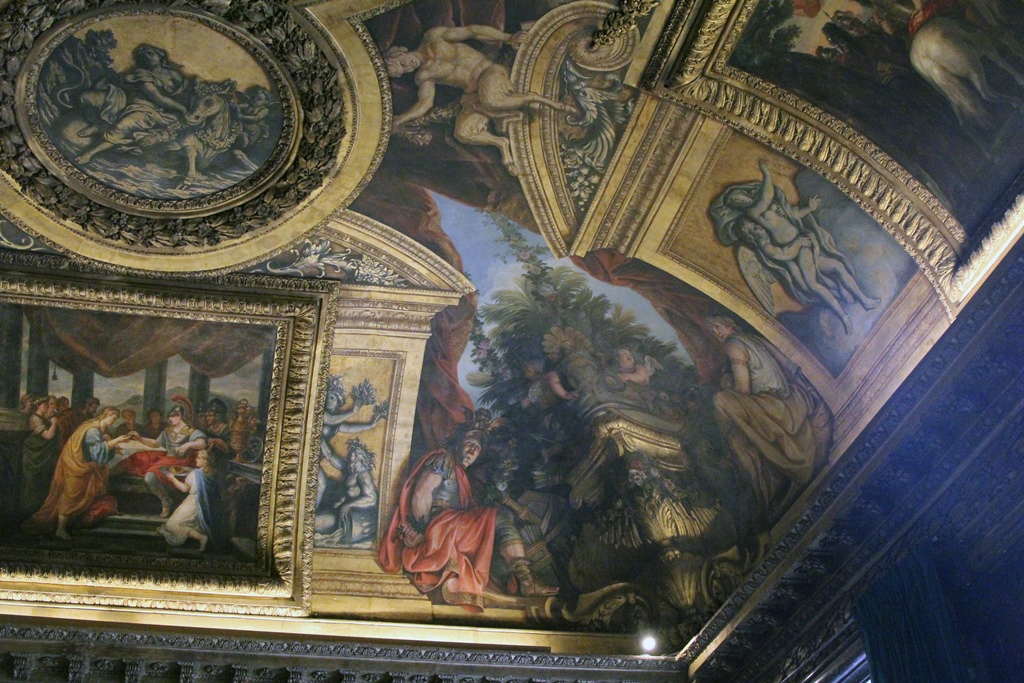
Corner of Ceiling, Salon of Venus
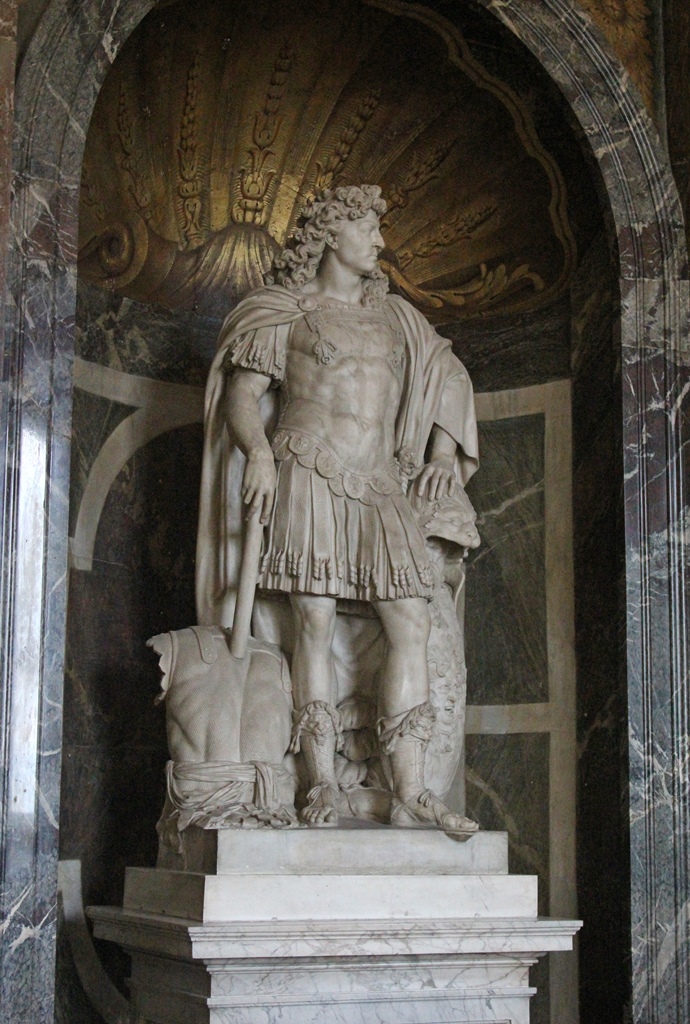
Statue of Louis XIV, Jean Warin

Bust of Louis XIV, Gian Lorenzo Bernini (1665)
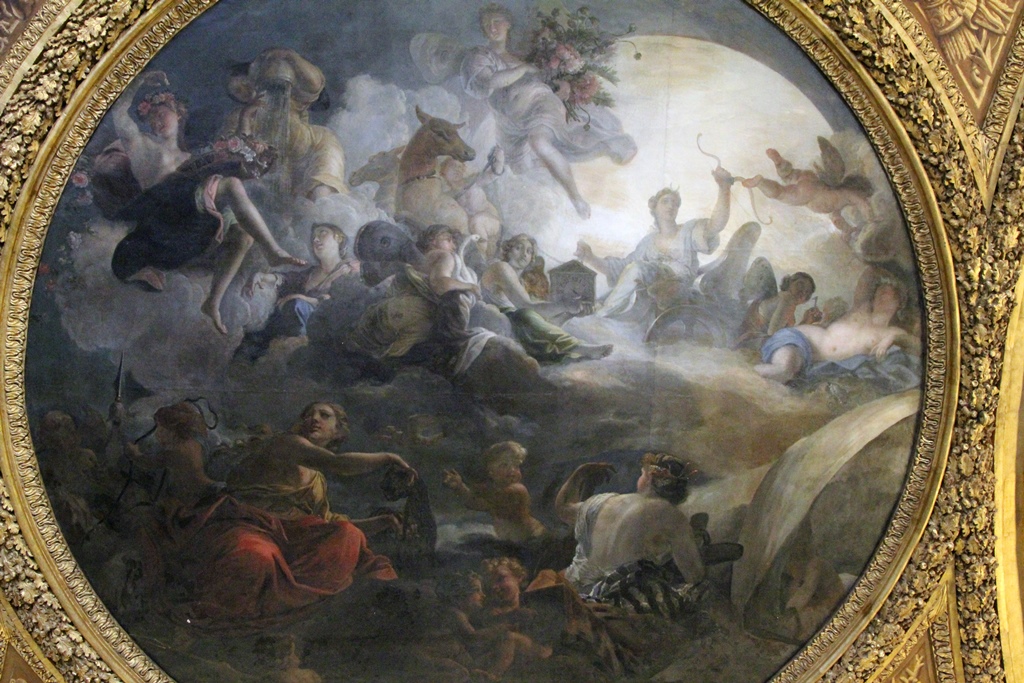
Diana in her Chariot, Gabriel Blanchard
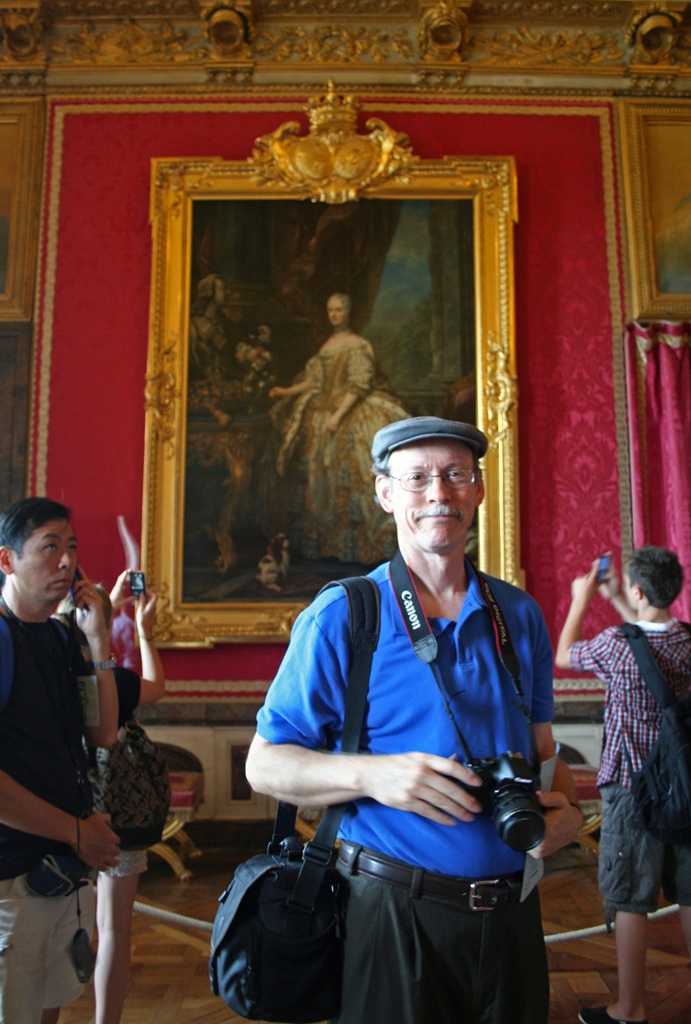
Bob, Salon of Mars
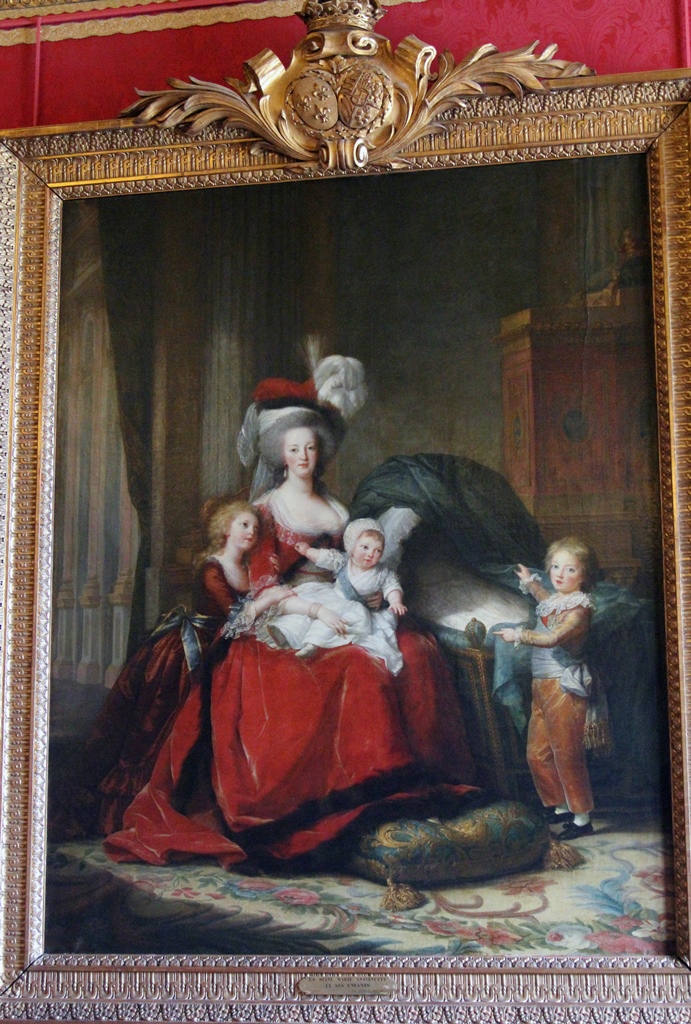
Marie-Antoinette and her Children, Elisabeth Vigée-Lebrun
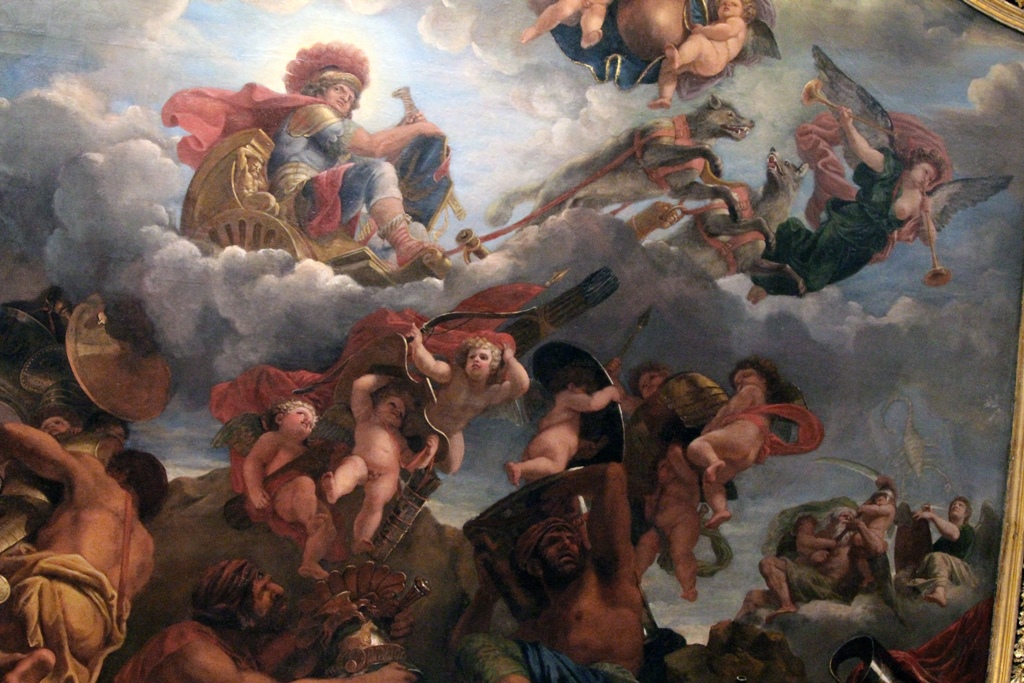
Mars in a Wolf-Drawn Chariot, Audran

Mercury in his Chariot, Jean-Baptiste de Champaigne

Corner of Ceiling, Salon of Mercury

Louis XV, Hyacinthe Rigaud (1730)
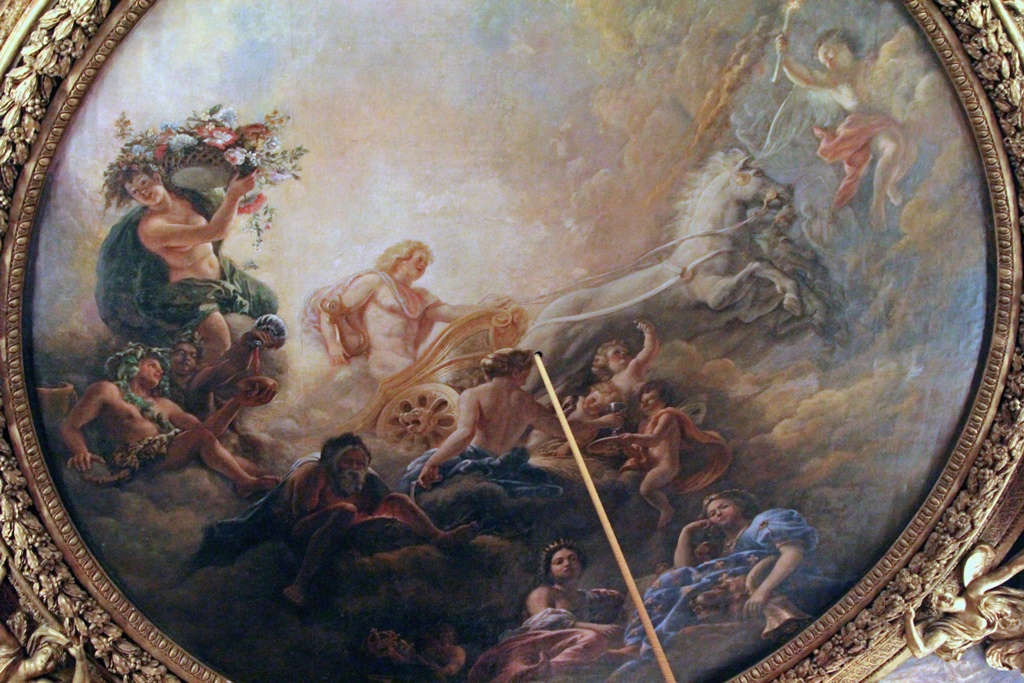
Apollo in his Chariot, Charles de Lafosse
Louis XIV on Horseback, Antoine Coysevox
We then came to the famous Hall of Mirrors, in which the agreement ending
World War I was signed.

Salon of War and Hall of Mirrors
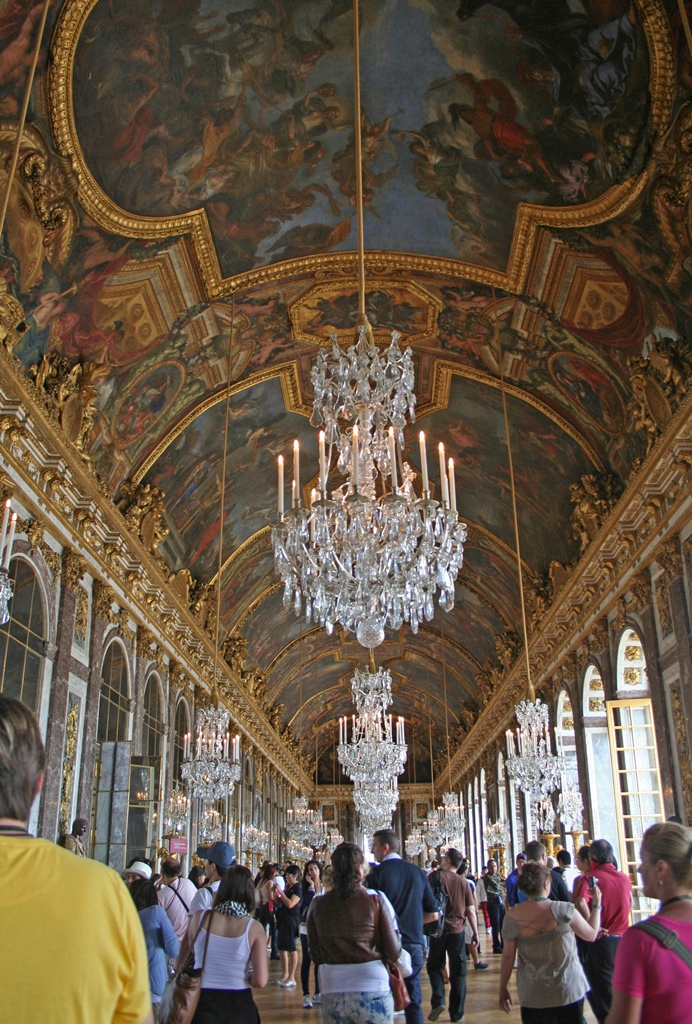
Chandeliers and Ceiling, Hall of Mirrors
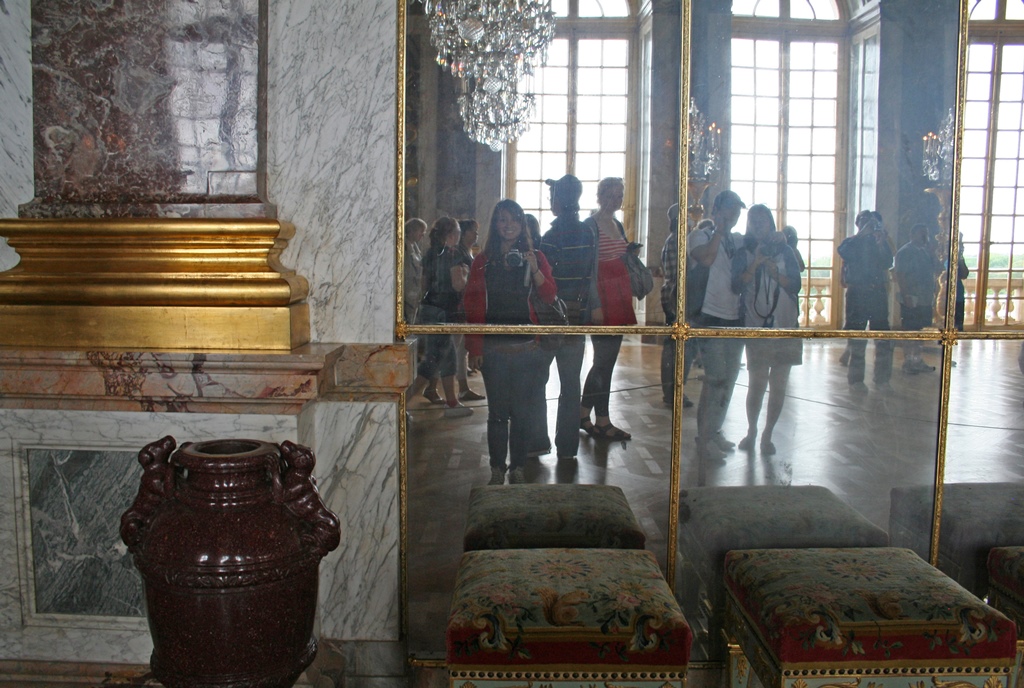
Connie in Mirror
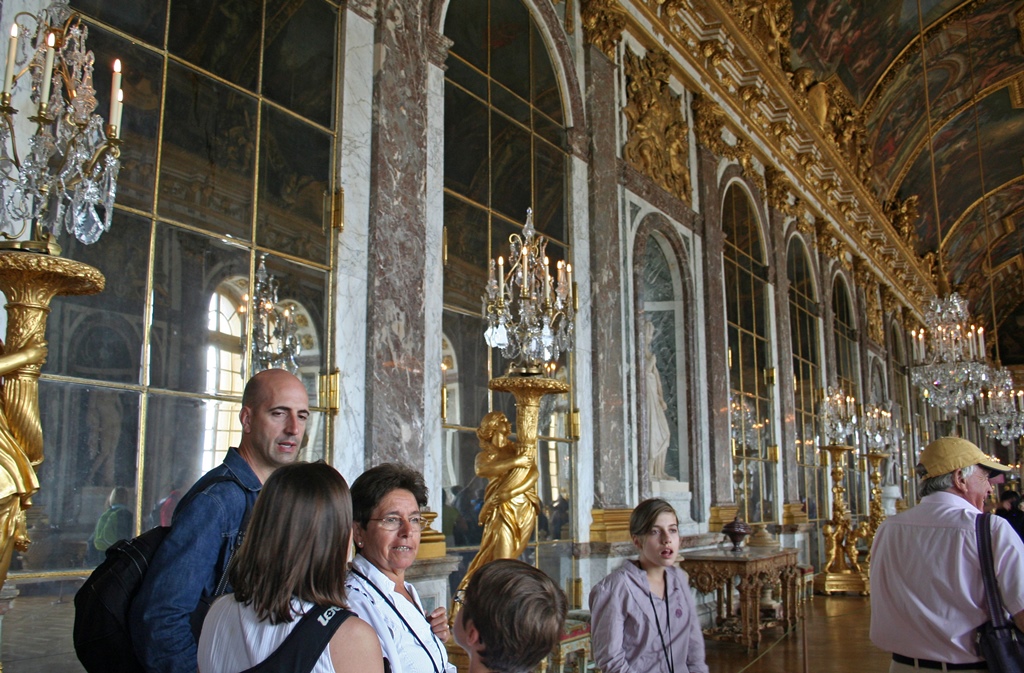
Mirror (East) Wall

Chandelier Stand and Chandeliers
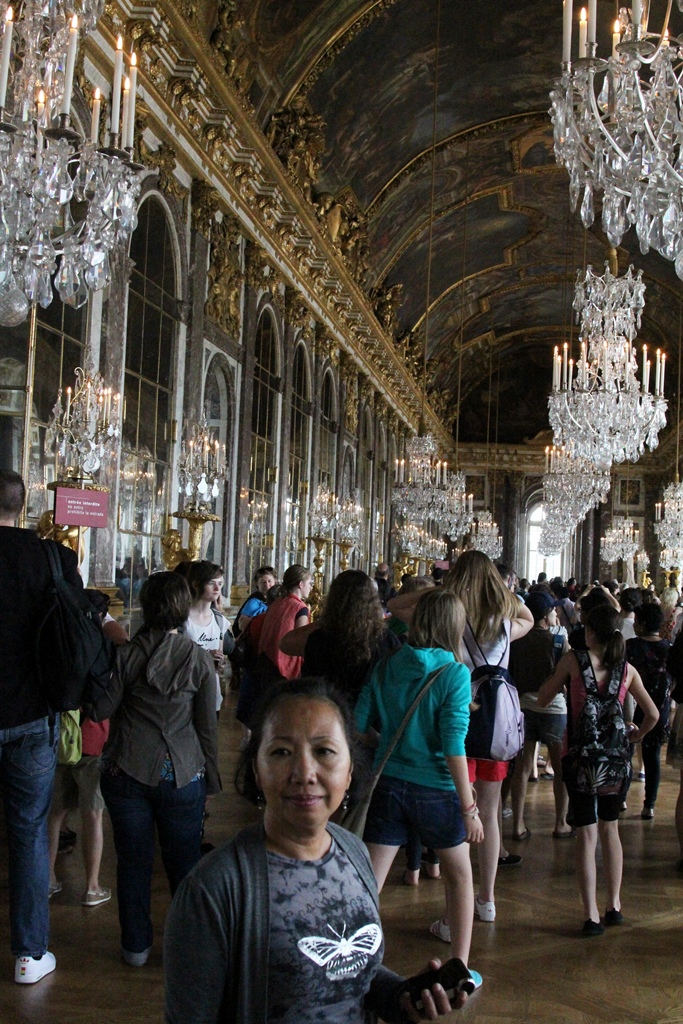
Nella in Hall of Mirrors

Diana Statue and Candle Holders
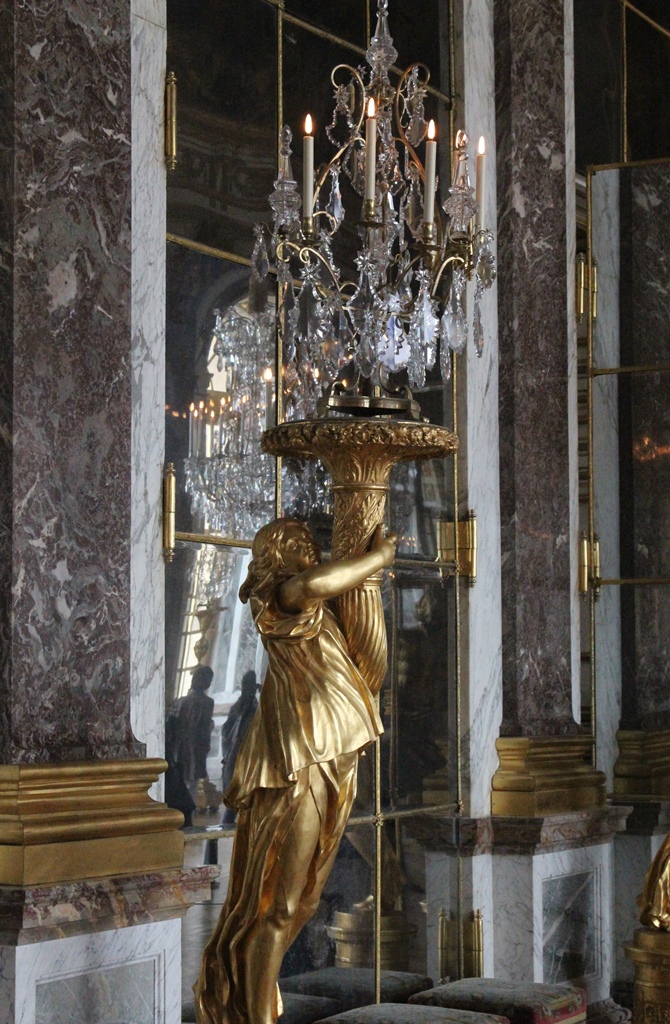
Candle Holder
The marked route took us through bedchambers of both the king and queen, as well
as some other rooms.

Louis XIV and Family as Gods, Jean Nocret
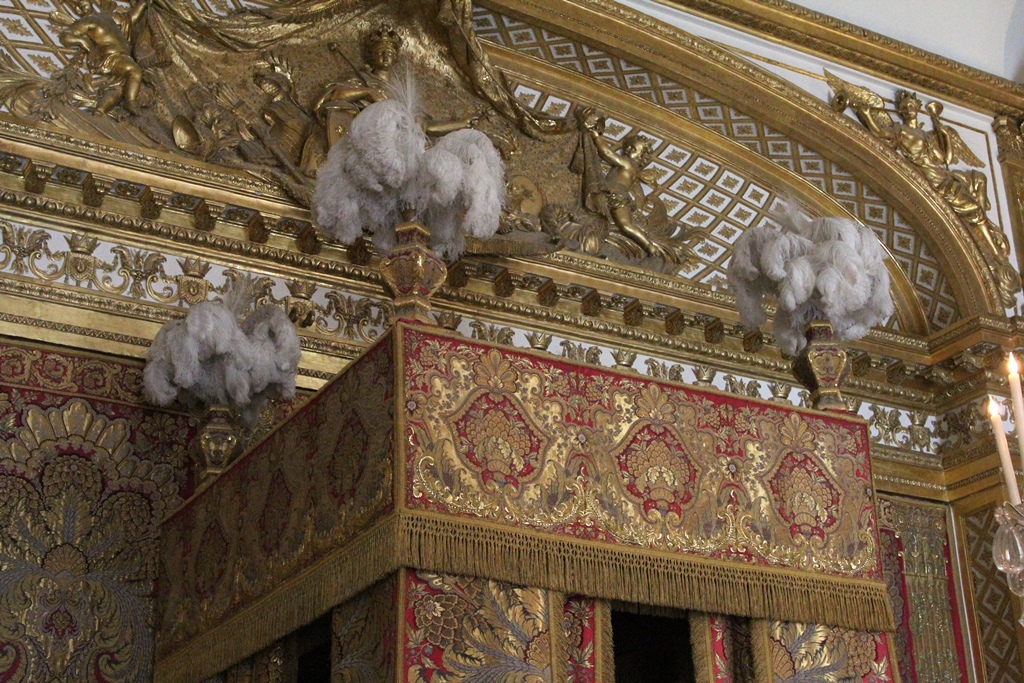
Ostrich Feathers, King's Bedchamber

Louis XV Bestowing Peace on Europe, Lemoine
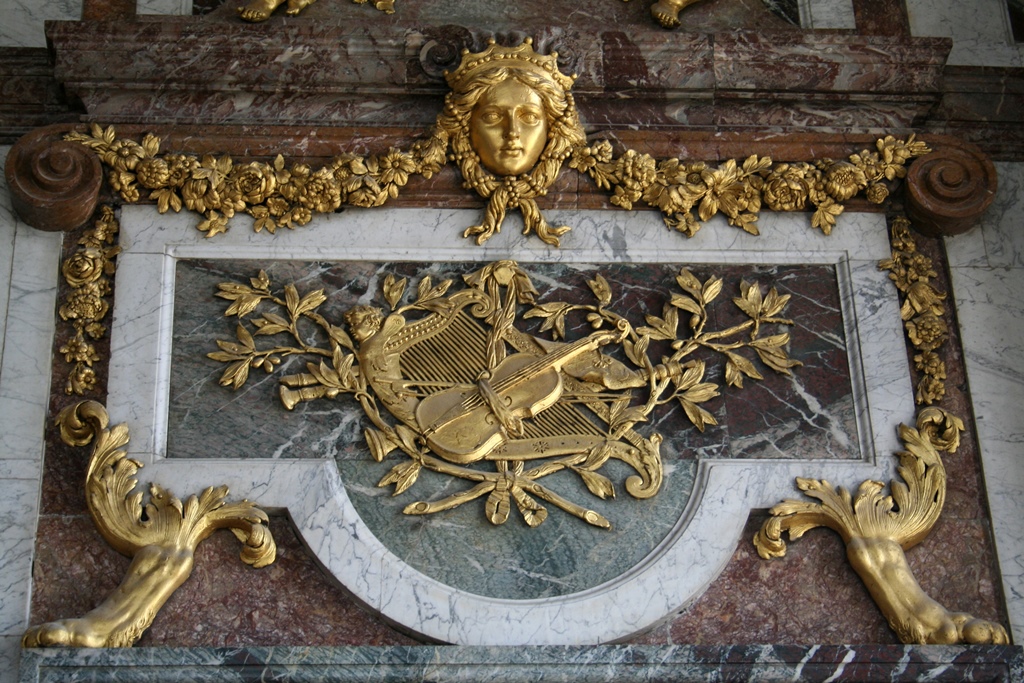
Music-Themed Decoration, Salon of Peace

The Queen's Bedchamber

Canopy, Queen's Bedchamber
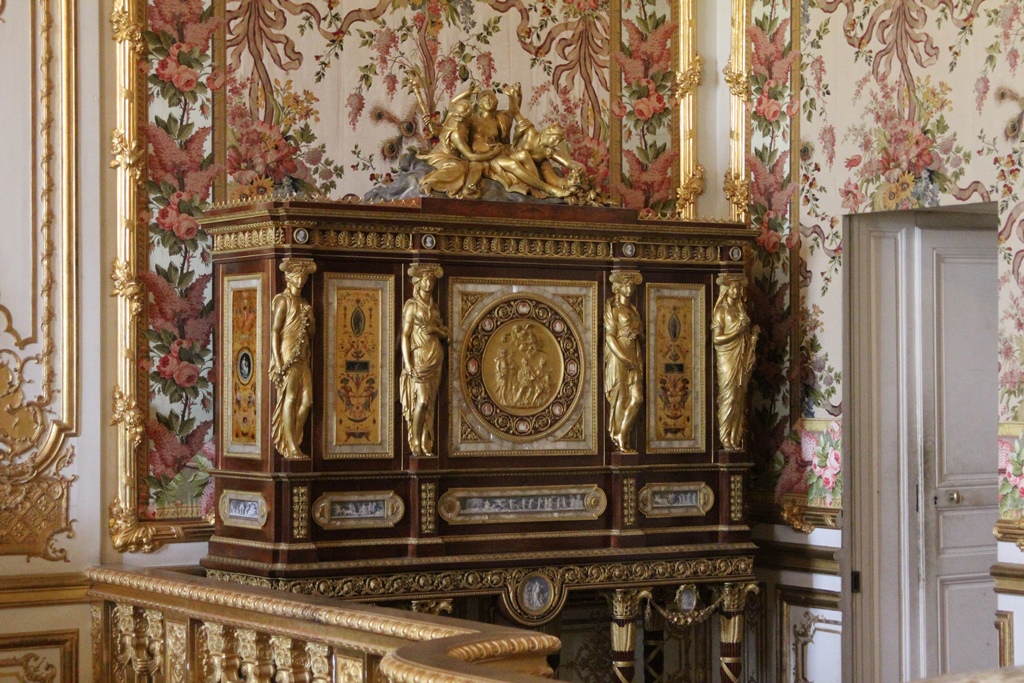
Jewelry Cabinet, Queen's Bedchamber
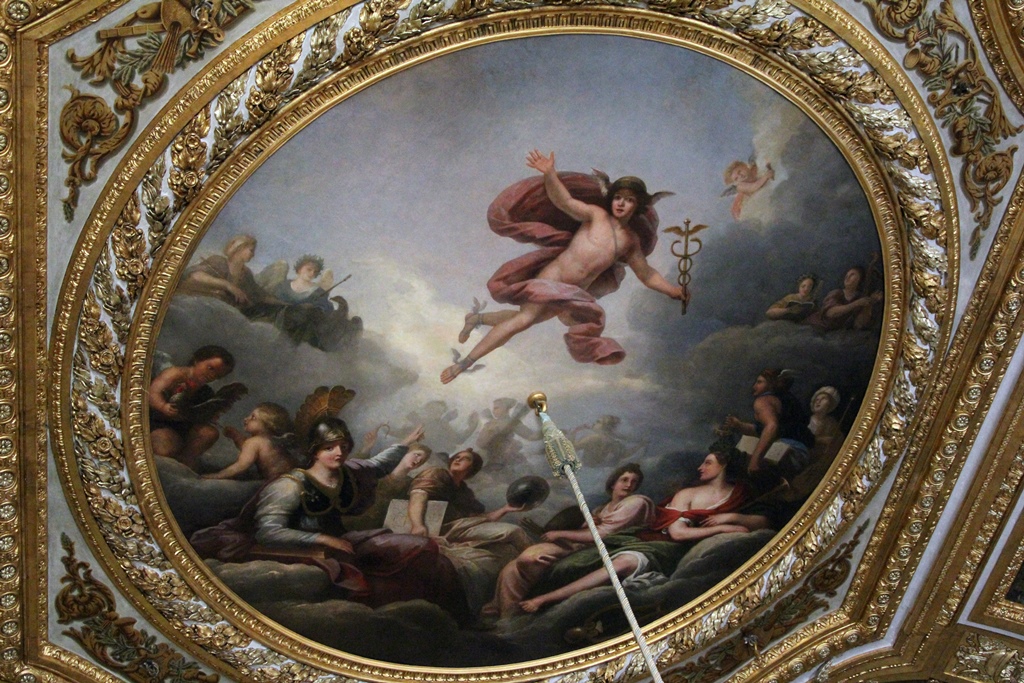
Mercury Spreading his Influence, Michel Corneille

Coronation of the Empress (copy), Jacques-Louis David, Coronation Room

The Distribution of the Eagle Standards, Jacques-Louis David (1810)
Eventually we arrived at the Hall of Battles, in which were exhibited gigantic
paintings of French battles (battles with successful outcomes, of course).
Busts, Hall of Battles

Nella and Connie with Paintings
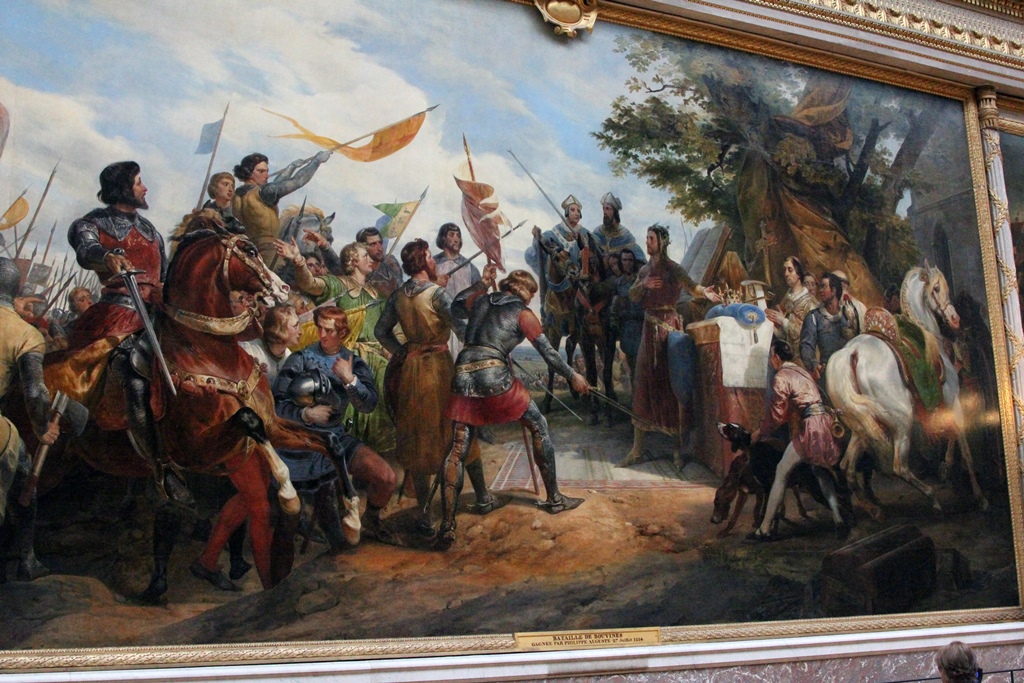
Philippe-Auguste Before the Battle of Bouvines, Horace Vernet (1827)
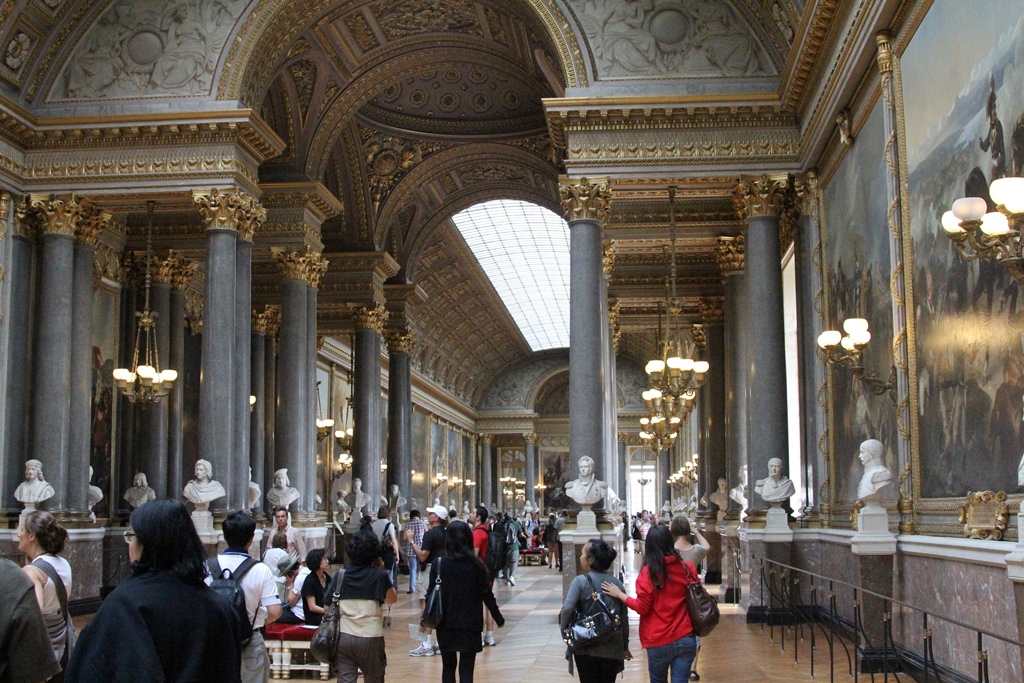
Nella and Connie, Hall of Battles
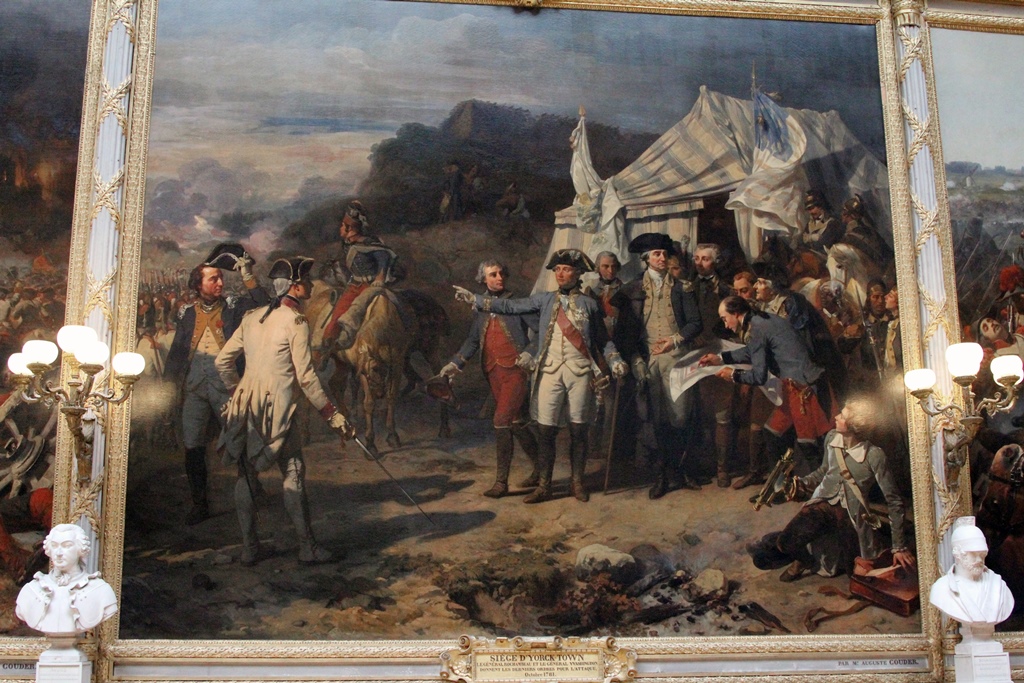
Siege of Yorktown
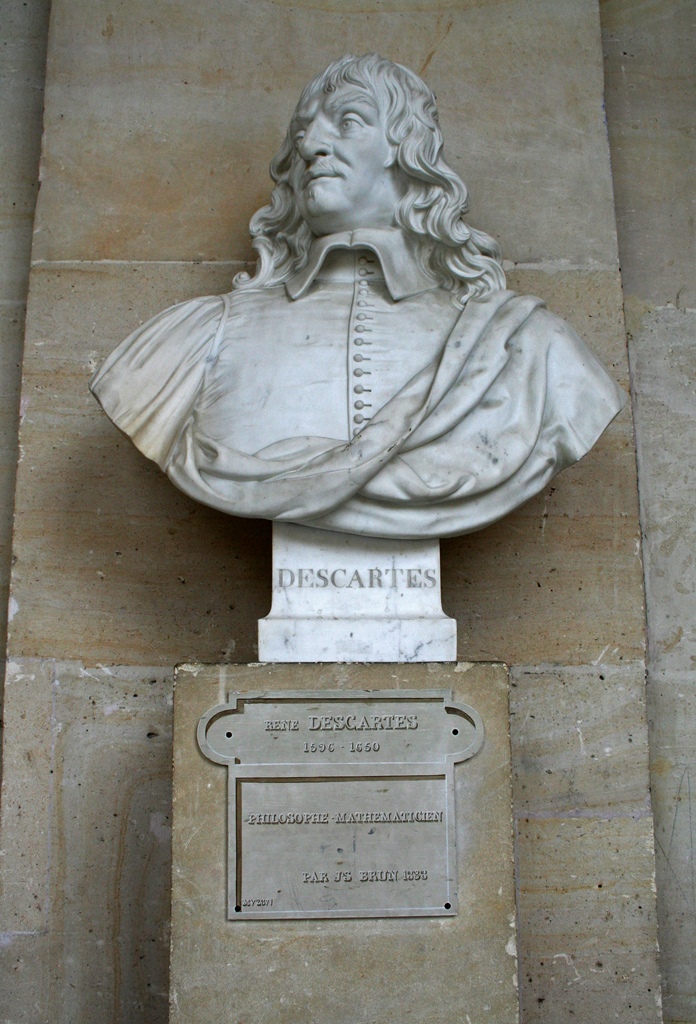
Bust of René Descartes
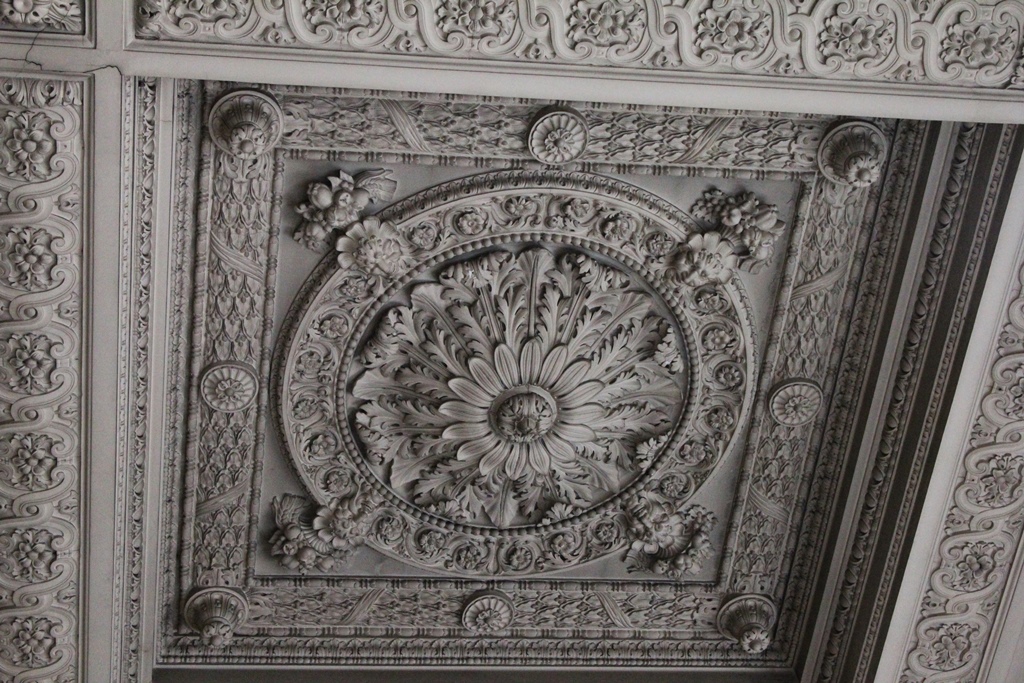
Decorative Ceiling Panel
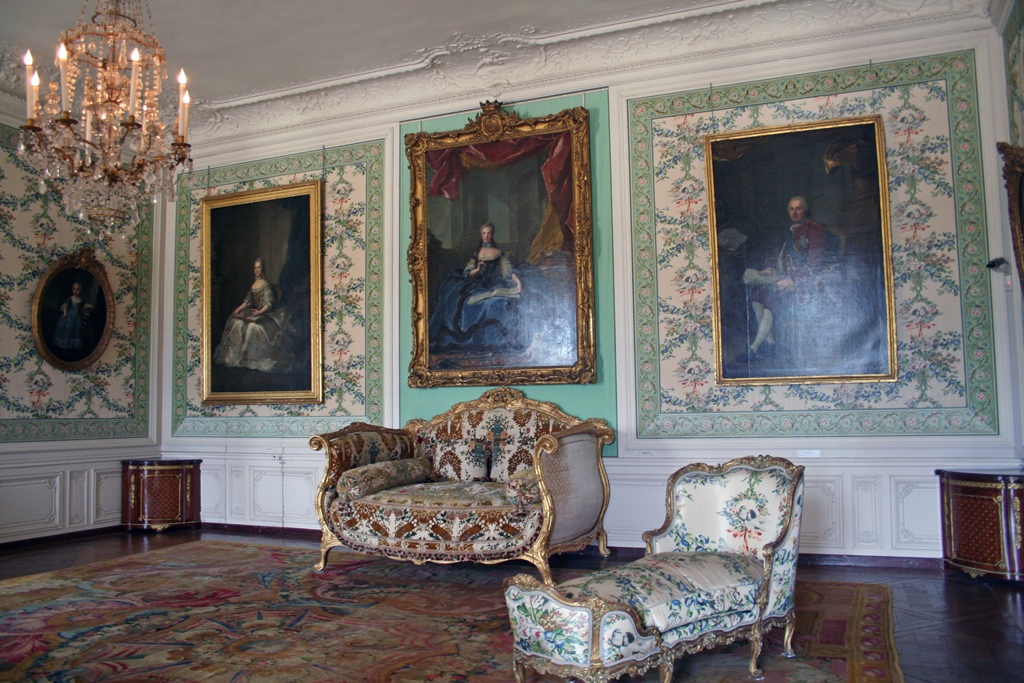
Madame Victoire's Bedchamber

Clock of the Creation of the World, Hoquetons Salon
After passing through the remaining rooms on the tour route, we found we no
longer had the ambition or energy to explore the extensive gardens (though
we had taken a few pictures from the palace).
Garden from Window

Garden (South Parterre) and Tour Train from Window

Garden from Window (South Parterre)
We returned the way we had come to the town of Versailles in search of lunch.
Connie and Nella Returning Toward Town
We were very hungry, as it was now past 3 PM. We found a reasonably-priced
Italian restaurant and sat down to a lunch of pizza and salad while resting
our cobblestone-abused feet.

Connie's Pizza

Nella's Salad
We also planned out the rest of the day – our next stop was to be the Sacré-Coeur
Basilica, back in Paris.



